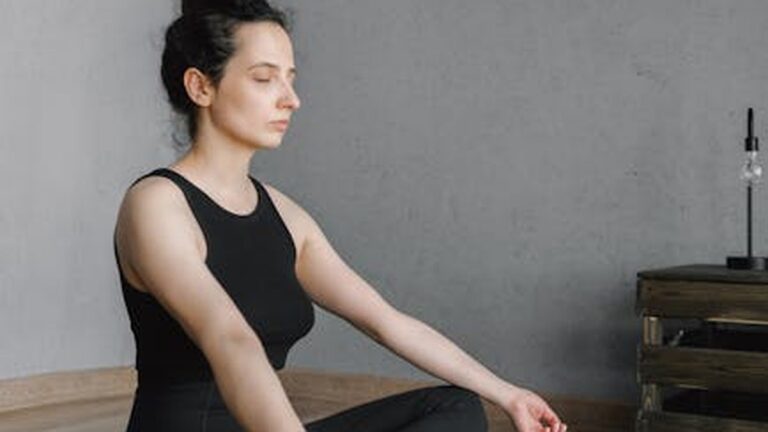Combatting Seasonal Affective Disorder (SAD) in 2025: Light Therapy and Beyond
As the days shorten and the temperatures drop, many people experience more than just a touch of the winter blues. Seasonal Affective Disorder (SAD), a type of depression related to changes in seasons, can significantly impact your mood, energy levels, and overall well-being. But don’t despair! In 2025, we have a wealth of knowledge and resources to effectively combat SAD. Let’s explore light therapy and other strategies to help you thrive during the darker months.
Understanding Seasonal Affective Disorder
SAD is more than just feeling a little down during winter. It’s a persistent and recurring form of depression that typically starts in the fall and continues through the winter months. While the exact cause isn’t fully understood, it’s believed to be linked to reduced sunlight exposure, which can disrupt your body’s internal clock (circadian rhythm) and affect serotonin and melatonin levels, neurotransmitters that regulate mood and sleep.
Symptoms of SAD
The symptoms of SAD can vary from person to person, but common signs include:
- Persistent feelings of sadness, hopelessness, or anxiety
- Loss of interest in activities you once enjoyed
- Changes in appetite or weight (often craving carbohydrates)
- Fatigue and low energy levels
- Difficulty concentrating
- Sleep problems (oversleeping or insomnia)
- Irritability
- Social withdrawal
Light Therapy: A Bright Start
Light therapy is a cornerstone treatment for SAD, and for good reason – it’s often highly effective. It involves sitting near a special light box that emits a bright, full-spectrum light similar to sunlight. This light helps to regulate your circadian rhythm and boost serotonin levels.
How to Use a Light Box
Using a light box correctly is crucial for optimal results:
- Timing: Aim for 20-30 minutes of light therapy each morning, ideally as soon as you wake up.
- Distance: Position the light box at the recommended distance, typically around 12-24 inches from your face.
- Angle: Keep your eyes open and directed towards the light, but don’t stare directly at it.
- Consistency: Use the light box daily, even on sunny days, to maintain a consistent circadian rhythm.
- Consult your doctor: Talk to your healthcare provider before starting light therapy, especially if you have any eye conditions or are taking medications that increase light sensitivity.
Choosing the Right Light Box
With so many light boxes on the market, it’s important to choose one that’s safe and effective. Look for these features:
- 10,000 lux: This is the recommended light intensity for treating SAD.
- Full-spectrum light: Mimics natural sunlight.
- UV filter: Blocks harmful ultraviolet rays.
- Reputable brand: Choose a light box from a trusted manufacturer with good reviews.
Beyond Light Therapy: A Holistic Approach
While light therapy is highly effective, it’s often most beneficial when combined with other strategies.
Lifestyle Changes
Simple lifestyle changes can significantly impact your mood and energy levels during the winter months:
- Exercise: Regular physical activity, even a short walk each day, can boost serotonin and endorphins, improving your mood.
- Healthy Diet: Focus on whole, unprocessed foods, including fruits, vegetables, and lean protein. Limit sugary and processed foods, which can contribute to mood swings.
- Sleep Hygiene: Maintain a consistent sleep schedule, even on weekends. Create a relaxing bedtime routine to improve sleep quality.
- Social Connection: Stay connected with friends and family. Social interaction can combat feelings of isolation and loneliness.
- Get Outside: Even on cloudy days, try to spend some time outdoors. Natural light, even on a gray day, can be beneficial.
Therapy and Counseling
Cognitive Behavioral Therapy (CBT) is a type of therapy that can help you identify and change negative thought patterns and behaviors associated with SAD. It can be highly effective in managing symptoms and improving your overall well-being.
Medication
In some cases, antidepressant medication may be necessary to treat SAD. Selective serotonin reuptake inhibitors (SSRIs) are often prescribed. Talk to your doctor to determine if medication is right for you.
Looking Ahead to 2025
In 2025, we can expect even more advancements in the treatment of SAD. Expect to see more personalized light therapy options, with devices that can track your circadian rhythm and adjust light intensity accordingly. Teletherapy will continue to grow, making mental health care more accessible. The focus will be on integrating technology with traditional therapies to provide comprehensive and individualized care for those struggling with SAD.
Combatting Seasonal Affective Disorder requires a multi-faceted approach. By incorporating light therapy, lifestyle changes, and, if necessary, therapy or medication, you can effectively manage your symptoms and thrive throughout the winter months. Don’t let the darkness get you down – take proactive steps to brighten your mood and reclaim your well-being.






